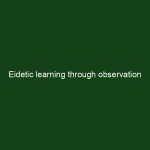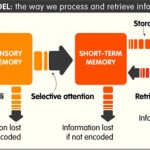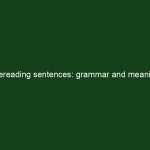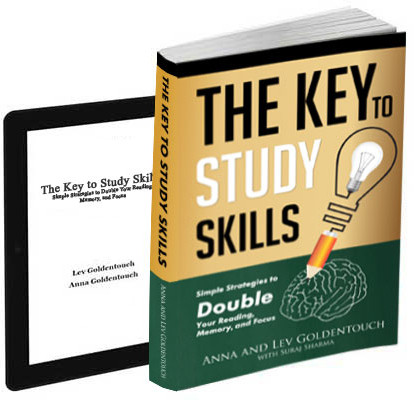Some of our students think too much about how they do things. This reminds me an old story: A spider met a centipede while hurrying down the street, “How do you move at such a speed, with all so many feet?” “I do not have to contemplate to keep them all in line, But if …
KeyToStudy Offers:
Memory, Speedreading, and Analysis
KeyToStudy Overview:
Memory, Speedreading, and Analysis
ProlificFocus Overview:
Productivity, Motivation, and Projects
ProlificFocus Offers:
Productivity, Motivation, and Projects
Eidetic learning through observation
Many scientific discoveries have been found through luck and attention to details. Probably 80% of debugging any programmist performs involves attention to details. Good user interface and graphical design require immense attention to details. Ability to observe minor changes and make good and quick decision is important in all human endeavors I can think of, …
Mental models
Mental models are very useful for problem solving. Put simply, mental models are the set of tools that you use to think. Each mental model offers a different framework that you can use to look at life (or at an individual problem). Consider a toolbox: for every task there is a tool best suited for …
Generate obsessive reading habit
There is little point in reading fast unless you read a lot. Getting sucked into reading is simple and has to do with pleasure: Read the books that you enjoy reading. Enjoy the thought of reading the next book. Generate a list of stuff you would LOVE to read. Dive into reading for fun. Take …
Conciousness and attention dissociation
Many of our students read one thing while thinking about something else. This discrepancy is known as consciousness and attention dissociation and is counter-effective. For example, if you try to generate markers and worry about the quality of your markers at the same time, your attention is focused on the text, but your consciousness is …
Prereading sentences: grammar and meaning
Not every part of a sentence is equally important. When you are prereading/skimming text you need to understand what you are looking for. Is it an event, a definition or a feel? Accordingly you can easily summarize long texts into 1/4 of their original length. The summary words will form the basis of your markers. …
Continue reading “Prereading sentences: grammar and meaning”
Nature vs nurture
Some of our students wonder regarding nature vs nurture controversy. The subject is very much open. See for example this nice article or these inspiring quotes. I will try to share some of my own experience. Back in 2008 came this amazing book which claimed to determine some of the factors that contribute to high …
Why keytostudy methodology is effective
Occasionally we try to understand why our method works better than reference methods. This and this and some other articles ask a funny question: is speedreading possible at all? The answer is: yes! I know it from my own experience and from experiences of thousands of students. To achieve this result, we do not apply brute …
Information diet
Information diet is a new idea that is challenging the way we consume information in post-PC society. For example this article claims 7 secrets of limiting distraction and becoming more productive. Personally, while I disagree with this approach, I do recommend some caution with information intake. Our brain was not designed to digest the information …
Tachistoscope principle
Tachistoscope is the device that launched the speedreading training in late 1930s.Tachistoscope is derived from the Greek words ‘tachys’ meaning swift and ‘skopion’ meaning instrument for viewing or observing. The device projects a series of images onto a screen at rapid speed to test visual perception, memory, and learning. Most tachistoscopes were designed to allow …











